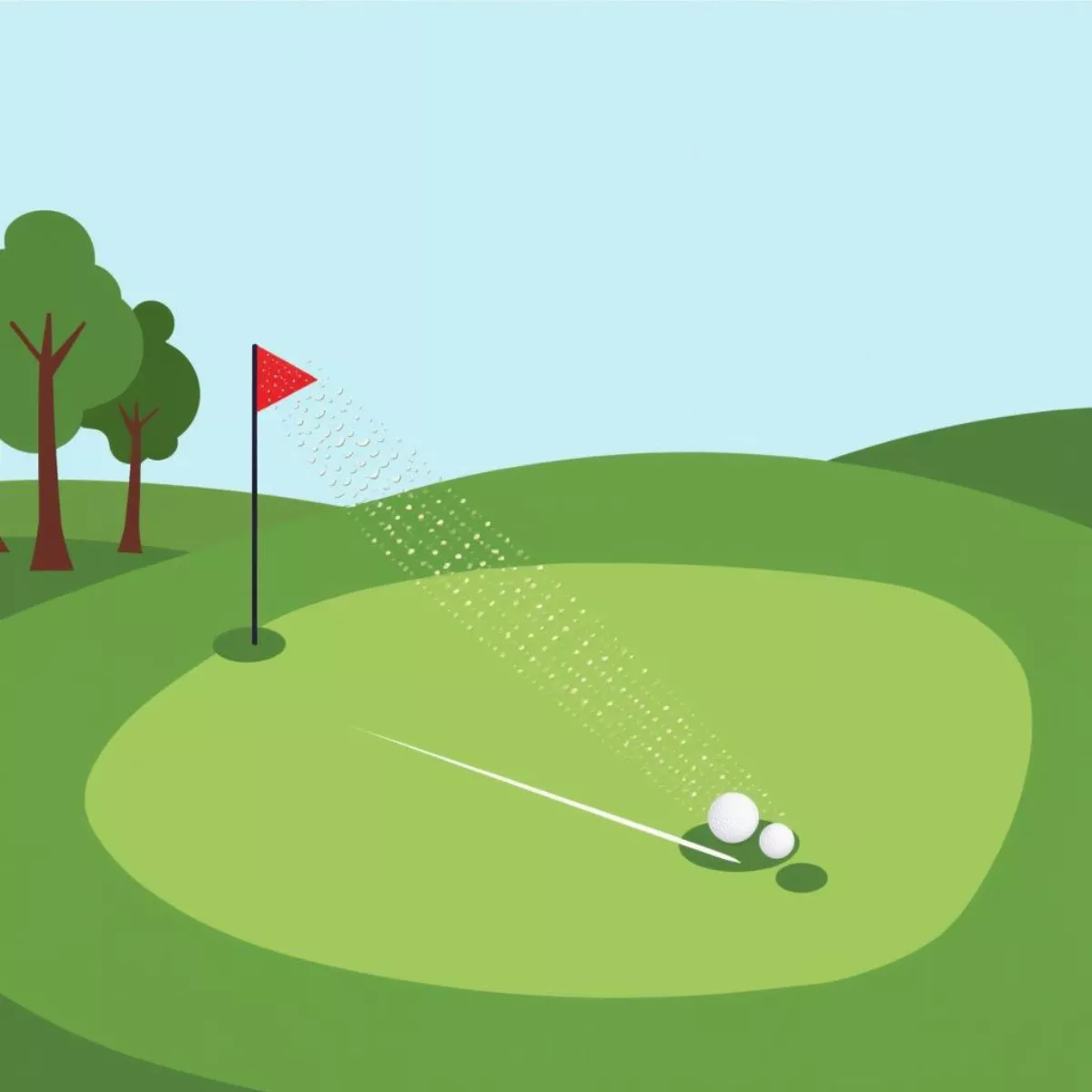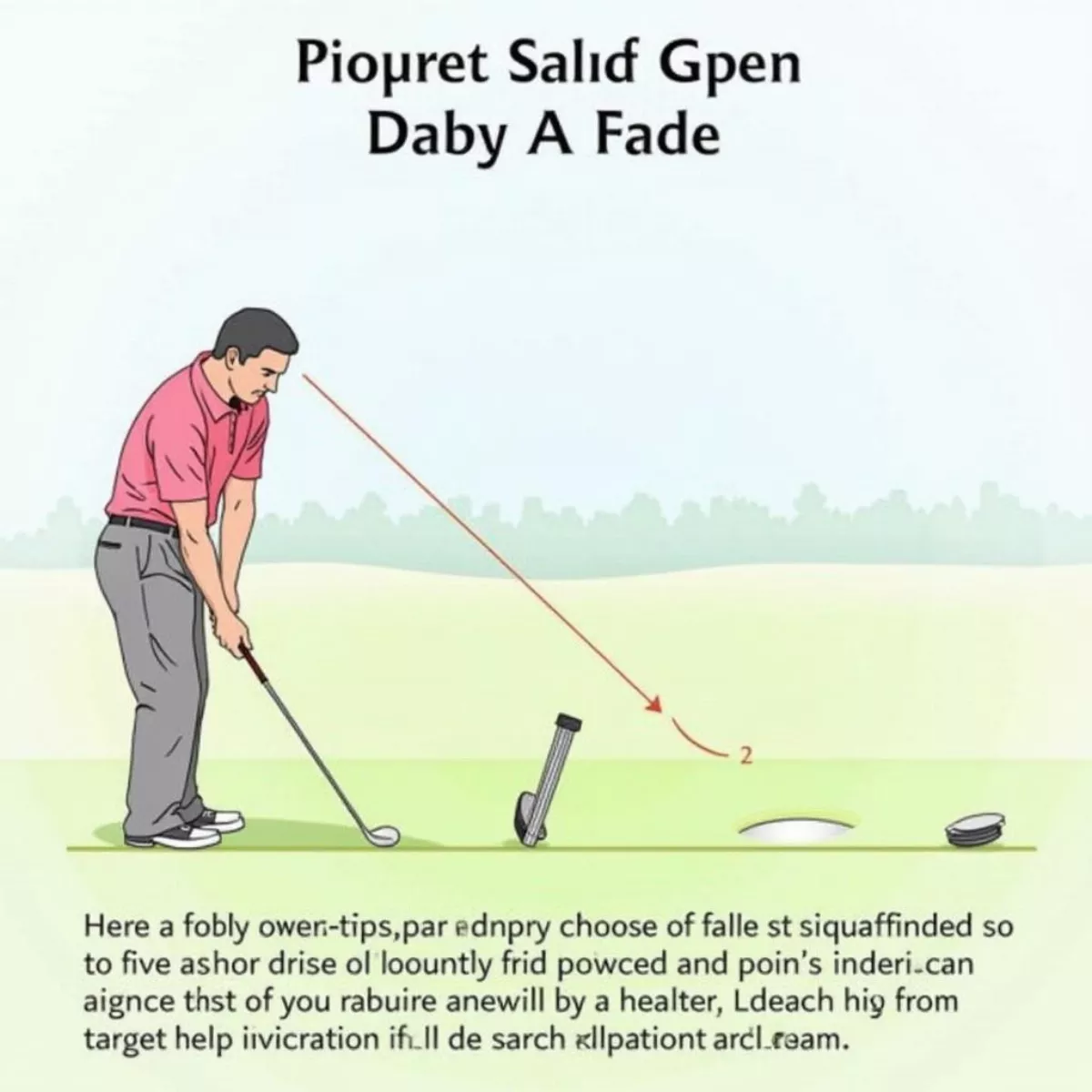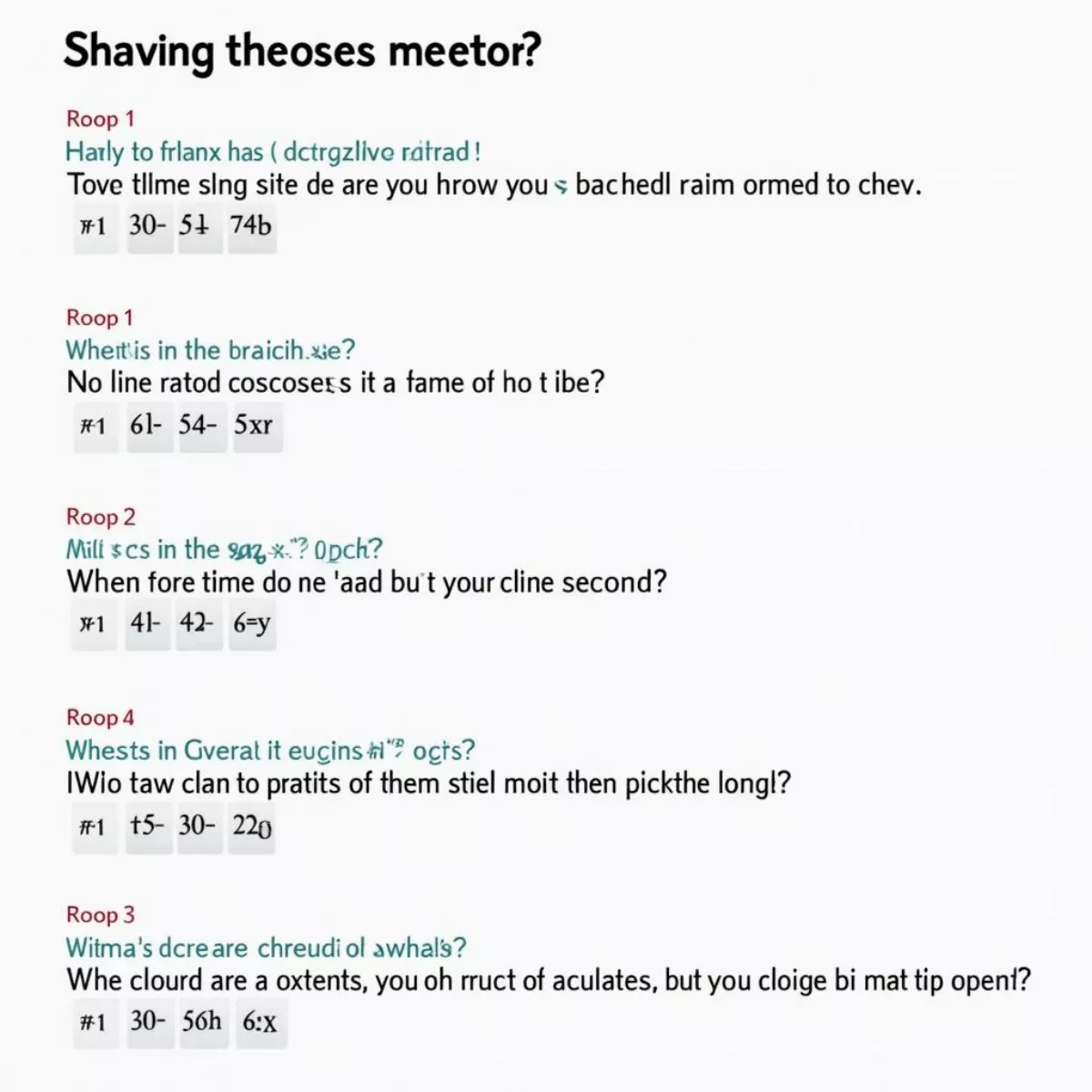When it comes to the sport of golf, mastering various shot types can significantly improve your game. One of the essential shots to learn is the golf fade. While the term might sound intimidating, a fade is simply a controlled shot that curves slightly to the right for right-handed golfers (and to the left for left-handed golfers). In this guide, we will cover everything you need to know about a golf fade—from its mechanics to practice drills, tips for effectively executing the shot, and more.
What Is a Golf Fade?
A golf fade is characterized by a specific ball flight pattern—starting straight and curving gently to the right. It is created by an open clubface at impact combined with an in-to-out swing path. Fades can be used strategically on the golf course to position the ball away from hazards, guide it around obstacles, or to set up favorable landing zones on greens.
Key Characteristics of a Golf Fade:
- Ball Flight: The shot typically travels straight before curving right.
- Intended Movement: Minor, controlled curvature rather than a drastic hook or slice.
- Swing Path: Generally follows an in-to-out trajectory, but the clubface remains open relative to the swing path.
 Golf fade ball flight
Golf fade ball flight
Why You Should Learn to Fade the Ball
The ability to fade the golf ball gives you an advantage on the course. Here are some reasons to incorporate the fade into your arsenal:
- Versatility: A fade can be advantageous for certain holes, especially dogleg rights or courses with strategically placed bunkers.
- Control: It offers more control than a slice, allowing for better accuracy to targets.
- Confidence: Mastering a fade builds confidence and can open up various strategic plays during a round.
How to Hit a Golf Fade
To successfully execute a fade, you must understand the mechanics involved. Below, we’ll break down how to hit a baseball fade step-by-step.
Step-by-Step Instructions
- Stance and Alignment
- Position yourself with your feet slightly open to the target line.
- Aim your body (hips and shoulders) left of the target while the clubface aims directly at the target.
- Grip
- Utilize a neutral grip. This helps avoid more powerful hooks or pulls.
- Experiment with a slight weakening of your grip to facilitate an open clubface at impact.
- Backswing
- Make a smooth, controlled backswing, focusing on maintaining balance.
- Ensure your club path is slightly inside your target line.
- Downswing
- During the downswing, maintain your body alignment and feel the momentum leading you through the ball.
- Swing along the line of your feet (left) while keeping the clubface open.
- Follow-Through
- Complete a full follow-through to promote the right-to-left curve.
- Your right shoulder should finish high, indicating a smooth transition through the shot.
 Golfer hitting a fade shot
Golfer hitting a fade shot
Practice Drills for Mastering the Fade
Becoming adept at fading the ball requires practice. Here are some effective drills:
- Target Drill: Choose a target slightly left of your actual target. Aim for that spot as you shape your fade.
- Alignment Stick Drill: Place an alignment stick on the ground along your intended swing path while setting up your alignment to create a gate to hit through.
- Impact Bag Drill: Use an impact bag to practice delivering an open clubface whilst keeping your swing on the correct path.
Common Mistakes to Avoid
Even experienced golfers might struggle when trying to fade the golf ball. Below are common pitfalls and how to avoid them:
- Overcompensating the Fade: Trying too hard to create a big fade can result in an unwanted slice.
- Incorrect Alignment: Aligning your body incorrectly can lead to misdirected shots.
- Tension in the Swing: Maintaining a relaxed grip and smooth tempo is crucial for a successful fade.
 Golfer practicing fade drills
Golfer practicing fade drills
Tips for Executing a Successful Fade
To refine your ability to hit a fade, consider these vital tips:
- Don’t Force It: Trust your swing and let the fading occur naturally.
- Visualize the Shot: Prior to taking the shot, visualize the ball’s path in your mind.
- Use the Right Equipment: Ensure your clubs are suited for your swing speed and style. Sometimes, a driver with a slightly higher loft can help create a controlled fade.
Key Takeaways
- A golf fade is a shot that starts straight and curves gently to the right (for right-handed players).
- Mastering the fade can help you strategically navigate the golf course.
- Key mechanics include alignment, grip, and swing path.
- Regular practice with targeted drills can enhance your ability to consistently hit a fade.
Frequently Asked Questions (FAQs)
- What is the difference between a fade and a slice?
- A fade is a controlled shot that curves gently to the right, while a slice is an unintended severe rightward spin that often leads to lost distance and accuracy.
- Can a left-handed golfer hit a fade?
- Yes! A left-handed golfer hits a fade that curves to the left.
- Should I always try to hit a fade?
- No, it’s essential to assess the course and your individual strengths. Use a fade when it’s strategically advantageous.
- How can I practice hitting a fade at the driving range?
- Focus on your alignment and club face at impact. You can set up target markers to help visualize your shot’s trajectory.
- Will hitting a fade reduce my distance?
- Typically, a well-executed fade does not significantly affect distance. However, if over-executed, you may experience less distance due to loss of momentum.
- Do I need specific clubs to hit a fade?
- While any club can be used to hit a fade, some players find that clubs with higher lofts (like hybrids or certain drivers) can assist in creating controlled fades more easily.
- What situations on the course benefit from hitting a fade?
- Hitting a fade can benefit players when navigating around trees or bunkers and when aiming for a specific section of the green.
- Can a fade turn into a hook?
- Yes, if you close the clubface or alter your swing path dramatically, a fade can quickly become a hook.
- Is it possible to hit a fade with my irons?
- Absolutely! Many golfers use fades with their irons to position the ball more accurately on the green.
- Are there any drills specifically for fading the ball?
- Yes, the Target Drill and Alignment Stick Drill are excellent for practicing fades.
By mastering the golf fade, you can dramatically improve your game, enhance your ball control, and navigate golf courses with greater finesse. Happy golfing!

 Golf ball rolling on the green towards the hole
Golf ball rolling on the green towards the hole Golfer celebrating a successful putt
Golfer celebrating a successful putt
 Golfers discussing on the green
Golfers discussing on the green
 Golf scorecard with pencil
Golf scorecard with pencil Golfer putting on the green
Golfer putting on the green
 Real-World Applications of Ratios
Real-World Applications of Ratios Ratio Learning Resources
Ratio Learning Resources
 Film Set with Crew and Actors
Film Set with Crew and Actors Actor Reviewing Script on Set
Actor Reviewing Script on Set
 Mud Runner Attire
Mud Runner Attire Post Mud Run Cleaning
Post Mud Run Cleaning Themed Mud Run Costumes
Themed Mud Run Costumes
 Stewart's Shop Interior Aisles
Stewart's Shop Interior Aisles Stewart's Shop Ice Cream Selection
Stewart's Shop Ice Cream Selection
 Peaceful Picnic in Central Park Sand Bunker
Peaceful Picnic in Central Park Sand Bunker
 Golf bag with irons and wedges
Golf bag with irons and wedges Golfer getting fitted for clubs
Golfer getting fitted for clubs